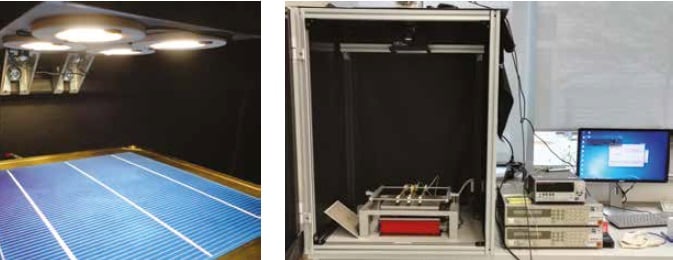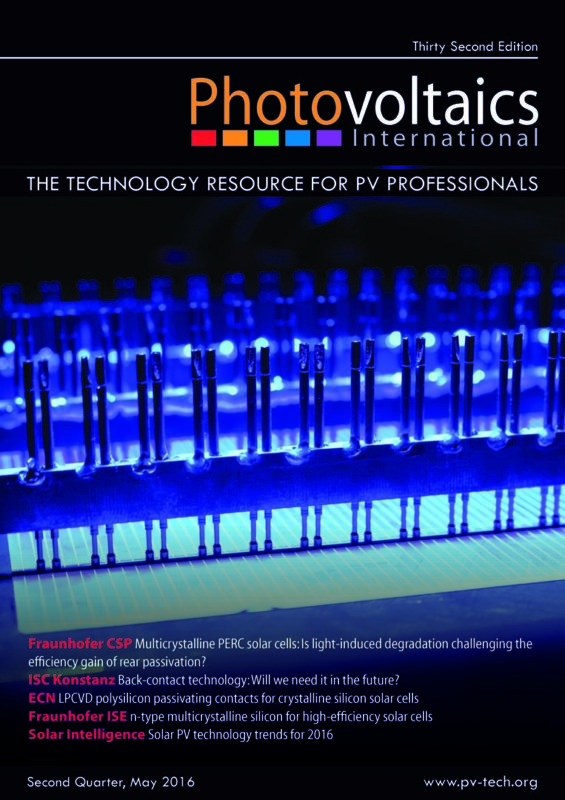By Tabea Luka, Christian Hagendorf & Marko Turek, Fraunhofer Center for Silicon Photovoltaics CSP, Halle (Saale), Germany
The passivated emitter and rear cell (PERC) process has been successfully transferred to mass production, with the market share of multicrystalline (mc) silicon being around 50%. This new technology can, however, lead to severe reliability issues despite the higher initial solar cell efficiencies. In particular, light-induced degradation (LID) of mc-PERC solar cells has been reported to cause efficiency losses of up to 10%rel. This highlights the importance of understanding different types of LID and of testing the stability of solar cells under actual operating conditions.



